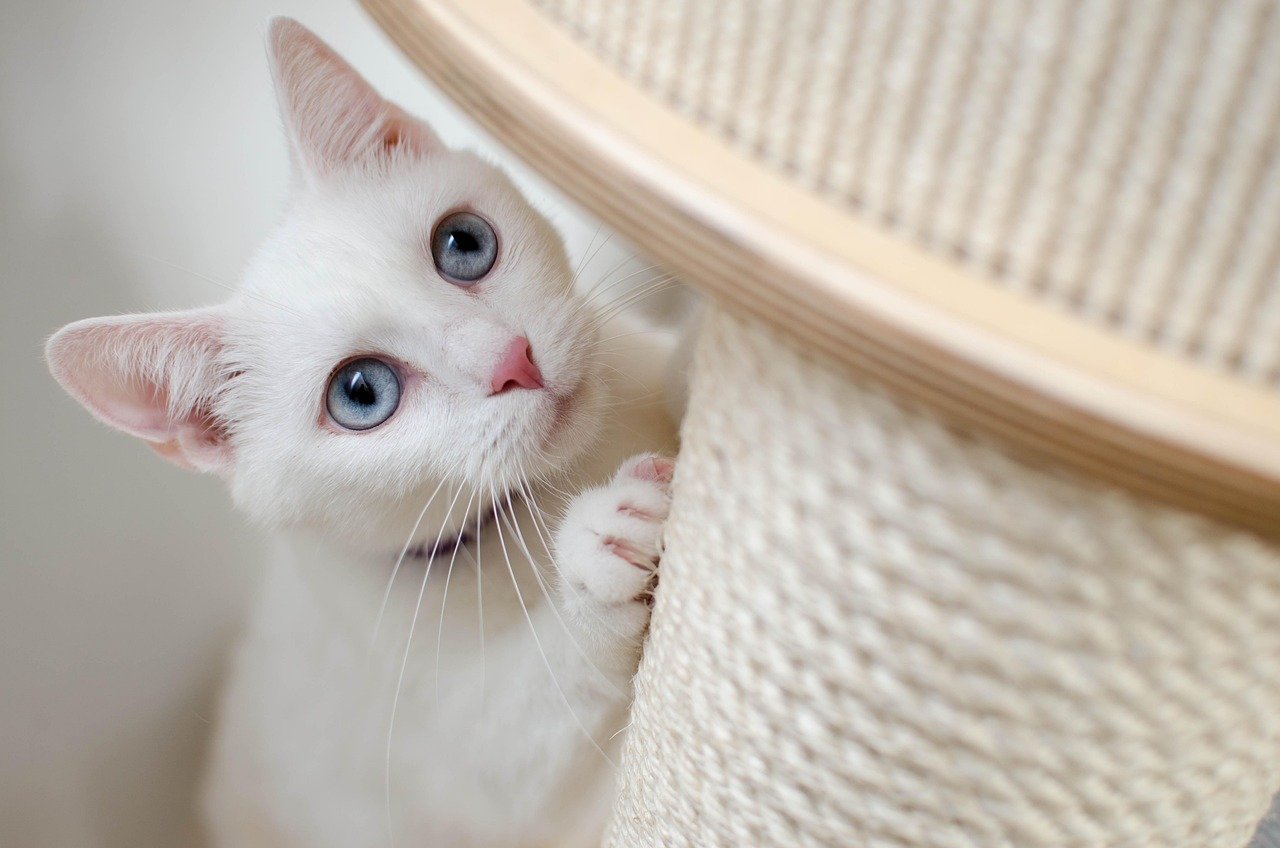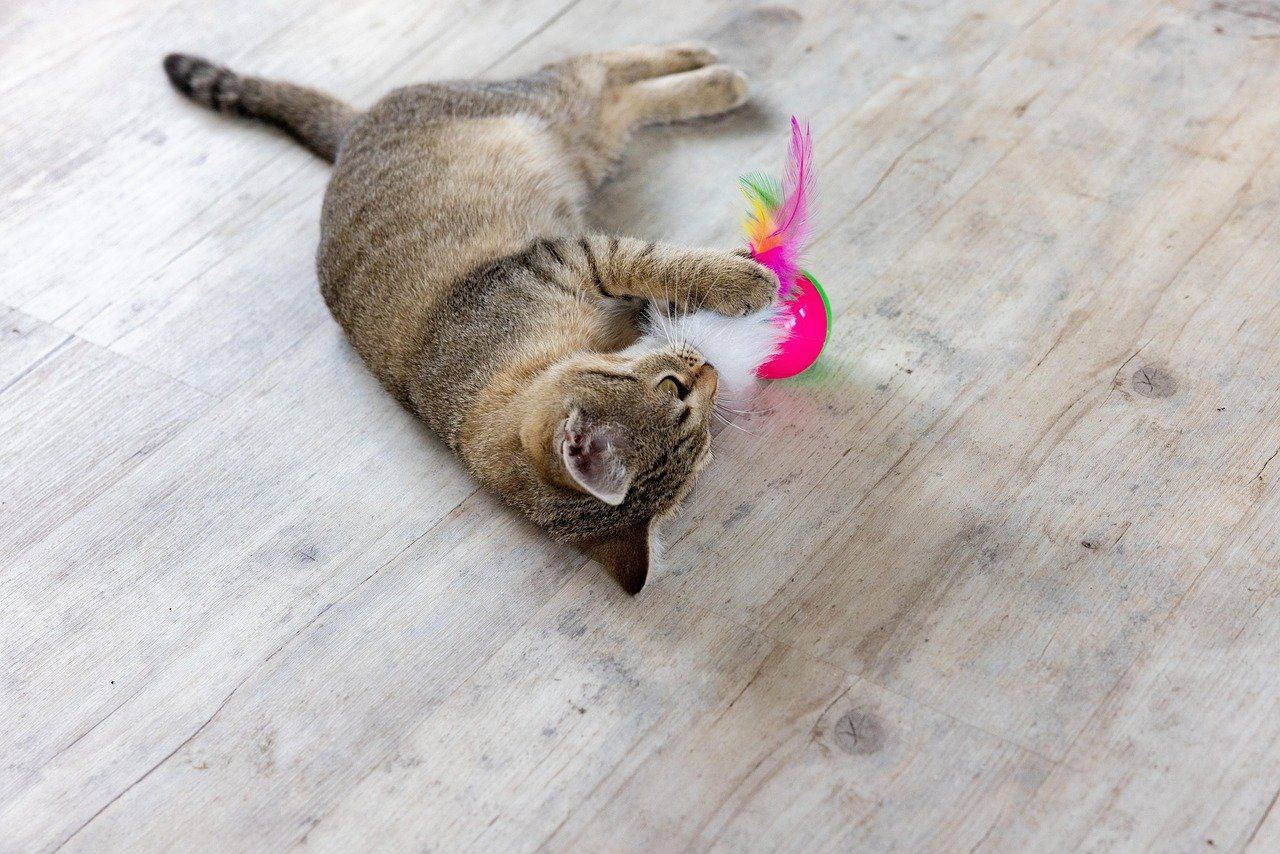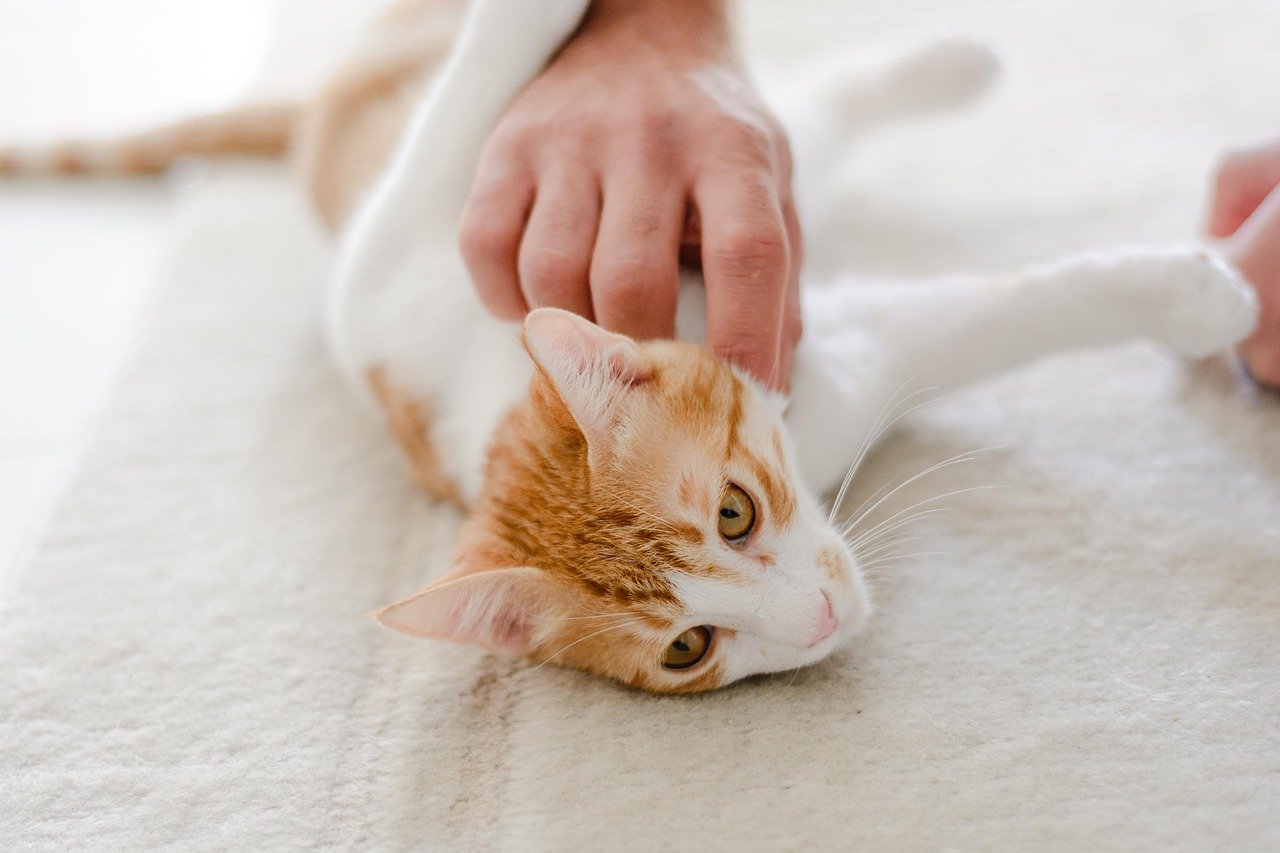Cats have been fascinating creatures since ancient times. Whether they are the playful domestic cats lounging on our couches or the majestic big cats prowling the wild, their enigmatic aura captures our hearts. However, one intriguing aspect that distinguishes these two groups is their emotional intelligence. Understanding this aspect can help us appreciate their different behaviors and characteristics better.
The Basics of Emotional Intelligence in Cats
Emotional intelligence in cats refers to their ability to perceive, control, and evaluate emotions. This isn’t just about their own emotions but also understanding and interpreting human emotions. Domestic cats, for instance, have evolved alongside humans for thousands of years. This cohabitation has given them a unique ability to read human emotions, often acting as comforting companions when we’re sad or excited participants during our joyful moments.
In contrast, big cats, such as lions or tigers, have not had the same evolutionary pressures to interact with humans. Their emotional intelligence is more geared towards survival in the wild. They use their emotional cues to navigate complex social structures within their prides or packs, communicate with potential mates, and even decide when to hunt or hide. The emotional intelligence of big cats is deeply intertwined with their survival instincts.
Communication: Purrs vs Roars

Domestic cats are renowned for their purring, a sound that can soothe both the cat and its human. This sound is often associated with contentment, but cats also purr when they’re frightened or in pain, possibly as a self-soothing mechanism. For humans, the purr is a signal of a cat’s emotional state and often evokes a calming response in return.
On the other hand, big cats communicate through roaring, a sound that can be heard over long distances. A lion’s roar, for example, can travel up to five miles, serving as a territorial warning or a call to gather the pride. This form of communication is crucial for maintaining social structures and ensuring survival. While domestic cats and big cats both use sound to communicate, the purpose and emotional context of these sounds differ significantly.
Social Structures: Solitary vs Group Dynamics
Domestic cats are often seen as solitary creatures, but they do enjoy social interactions on their terms. They form bonds with humans and other pets, choosing when and how they want to engage. Their emotional intelligence allows them to navigate these relationships with a level of independence.
In stark contrast, many big cats, like lions, are highly social animals that live in organized groups known as prides. These social structures require a high level of emotional intelligence to manage relationships, establish hierarchies, and coordinate hunting strategies. The emotional intelligence of big cats is crucial for ensuring harmony and cooperation within these groups, demonstrating a more complex social dynamic compared to domestic cats.
Emotional Bonds: Pets vs Wild Companions
The emotional bonds domestic cats form with their human owners are unique and profound. They often see humans as part of their family, relying on them for food, shelter, and affection. This relationship allows domestic cats to express their emotions more openly and adapt to the emotional cues of their human companions.
Big cats, however, form emotional bonds within their species. These bonds are essential for survival, especially for species like cheetahs and lions that rely on cooperation for raising young and hunting. The emotional intelligence of big cats is finely tuned to understanding the needs and emotions of their companions, ensuring the success and survival of the group.
Playfulness: Toys vs Hunts

Play is an essential aspect of emotional intelligence for both domestic and big cats. Domestic cats often engage in playful activities with toys, which mimic hunting behaviors. This playfulness is not only a form of exercise but also a way to express emotions and relieve stress. It allows them to practice their predatory instincts in a safe environment.
Big cats exhibit play through mock hunts and wrestling. These activities are crucial for developing hunting skills and strengthening social bonds. While the play behaviors of big cats might seem fierce, they are essential for learning and emotional development. Both domestic and big cats use play as a medium to express their emotions and hone their instincts.
Adaptability: Household Habitats vs Wild Territories
Domestic cats have shown remarkable adaptability in living with humans. They have learned to navigate human environments, adjusting their behaviors to suit household routines. This adaptability is a testament to their emotional intelligence, allowing them to thrive in various domestic settings.
Conversely, big cats are masters of the wild, adapting to diverse environments ranging from savannas to jungles. Their emotional intelligence enables them to respond to environmental changes, find food, and avoid threats. The adaptability of big cats is a crucial aspect of their survival, showcasing their ability to thrive in challenging conditions.
Problem-Solving: Puzzles vs Survival Challenges
Problem-solving is a vital component of emotional intelligence. Domestic cats can often be seen tackling puzzles and toys designed to stimulate their minds. These activities not only provide entertainment but also enhance their cognitive abilities and emotional well-being.
Big cats face different challenges in the wild, requiring them to solve survival-related problems. Whether it’s strategizing a hunt or navigating territorial disputes, their problem-solving skills are crucial for survival. The ability to assess situations and make decisions showcases their emotional intelligence, ensuring their survival in the wild.
Stress Responses: Hiding vs Confrontation
When faced with stress, domestic cats often choose to hide or retreat to a safe space. This behavior allows them to manage their emotions and avoid confrontations. Their response to stress is a reflection of their emotional intelligence, helping them maintain a sense of security and control.
Big cats, however, may confront stress head-on, especially when it involves defending their territory or protecting their young. Their emotional intelligence guides their reactions, allowing them to assess threats and respond accordingly. The differing stress responses between domestic and big cats highlight the diverse ways emotional intelligence manifests in these animals.
Intuition: Human Companions vs Natural Instincts

Domestic cats are often described as intuitive creatures, able to sense the emotions of their human companions. This intuition strengthens their bond with humans, allowing them to provide comfort and companionship when needed. Their ability to read human emotions is a testament to their emotional intelligence and adaptability.
Big cats rely on their natural instincts to navigate the wild. Their intuition helps them detect prey, avoid predators, and maintain social harmony. The intuition of big cats is deeply rooted in their survival, showcasing a different aspect of emotional intelligence that is finely tuned to the demands of the wild.
In conclusion, the emotional intelligence gap between domestic cats and big cats is a fascinating study of adaptation and survival. While domestic cats have honed their emotional skills to live harmoniously with humans, big cats have developed emotional intelligence that ensures their success in the wild. Both groups of cats exhibit unique and complex emotional intelligence, reflecting their distinct lifestyles and evolutionary paths.

Suhail Ahmed is a passionate digital professional and nature enthusiast with over 8 years of experience in content strategy, SEO, web development, and digital operations. Alongside his freelance journey, Suhail actively contributes to nature and wildlife platforms like Feline Fam, where he channels his curiosity for the Feline into engaging, educational storytelling.
With a strong background in managing digital ecosystems — from ecommerce stores and WordPress websites to social media and automation — Suhail merges technical precision with creative insight. His content reflects a rare balance: SEO-friendly yet deeply human, data-informed yet emotionally resonant.
Driven by a love for discovery and storytelling, Suhail believes in using digital platforms to amplify causes that matter — especially those protecting Earth’s biodiversity and inspiring sustainable living. Whether he’s managing online projects or crafting wildlife content, his goal remains the same: to inform, inspire, and leave a positive digital footprint.






